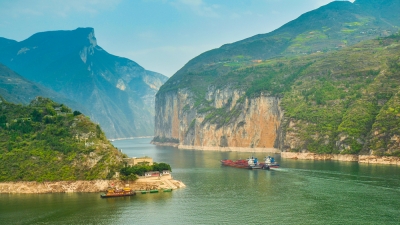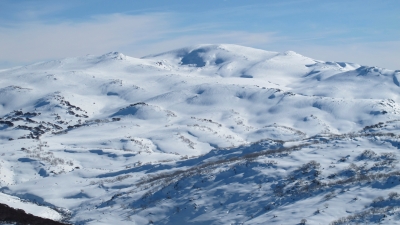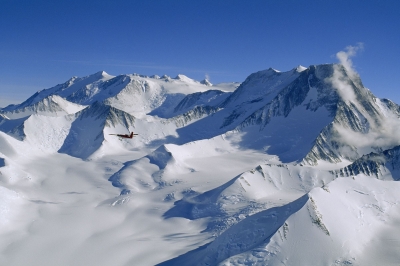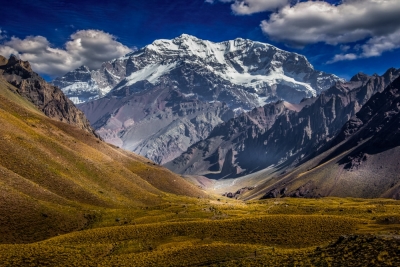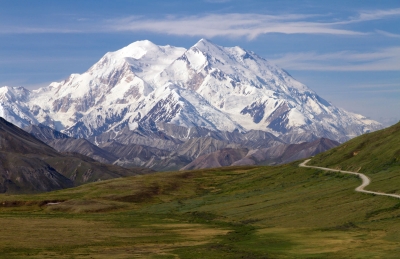Which is the longest river in South America?
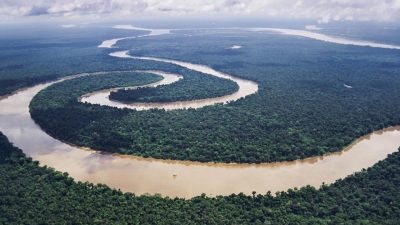
South America boasts no shortage of great rivers. The Madeira River stretches some 3,250 kilometres and the Parana dwarfs it at 4,880 kilometres. Most impressive of all is the longest river in South America is the Amazon River.
The most distant source of the Amazon is the Mantaro River in Peru. The Mantaro joins with other tributaries to form river Ucayali which meets with river Maranon to create the primary stem of the Amazon. The River Ene forms at the confluence of the River Apurimac and the River Mantaro, and it is part of the Amazon river’s headwaters which originates from Mismi. After about 450 miles, the Apurimac meets with river Mantaro and becomes Ene which joins River Perene and becomes river Tambo which drains to Ucayali. Ucayali-Tambo-Ene and Apurimac join the Amazon to form the longest river in the world. The Amazon has an average discharge of 209 million liters per second. The river's discharge represents about 20% of the world flow into the ocean. The Amazon River passes through multiple countries including Venezuela, Guyana, Ecuador, Colombia, Bolivia, Peru and Brazil.
Naturally, the longest river in South America is a source of food and water for the great Amazon rainforest. It’s thought that around a third of all known species live in the rainforest, including jaguars, ocelots and sloths. It’s not all about the rainforest, though. The river itself has plenty of weird and wonderful creatures of its own. Spend a little time on the Amazon river and you might be fortunate enough to encounter the Amazon river dolphin, the Amazonian manatee and the giant otter. If you’re unfortunate, you may stumble upon an anaconda, among the largest snakes in the world and known to hunt in the river’s shallow waters.
